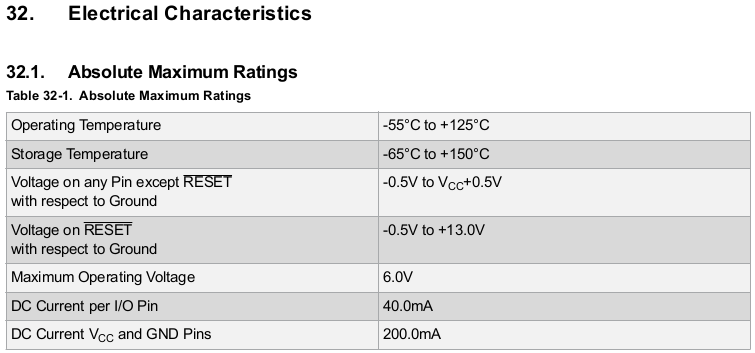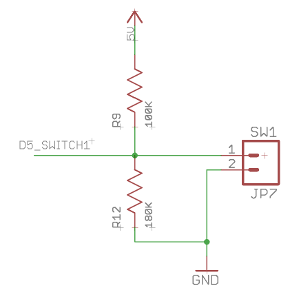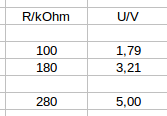@Samuel235 said in  Homini AC Powered Relay (2) Module:
Homini AC Powered Relay (2) Module:
OMRON G3MB-202P
Okay I'm trying to help you with the fuse component. 
I found a datasheet for the OMRON G3MB-202P. And there are enoght information to be known for fuse selection. 
I try to calculate it here (and i will try it with my bad English  ).
).
The most important information is the melting integral.
The Melting integral has A²s as unit. So this means the maximum current for a time can exists without damaging the device. For further information look at wikipedia.
So we need any further information about:
- the protection which is present before (the typical circuit protection in private houses)
- the melting integral from the device which we want to protect
- the maximum voltage
- the maximum switching current
- the breaking capacity
- Inrush current for the switched devices (we can't know)
Typical values for an automatic circuit breaker in private houses are:
- from 25 to 100 A²s
- 230 V AC
- 16 A
So this protection isn't good enough for our relay. The relay have these values:
- 230 V AC
- 2 A maximum switching current
- I²t value (melting integral): 4 A²s
- the allowed inrush current over a small time is higher than the melting integral. It is a bit confusing i think, but if we calculate the protection for the given melting integral and it's fine. So we can define the parameters for the client (switching site of this application here)
The fuse have to be:
- I²s value higher or equal than the I²s value from the existing protection
- rating voltage over 230 V AC
- rating current 2 A or lower (because 2 A is the maximum at 25 °C, for 40 °C it is about 1.6 A)
- a maximum switching time of 1 second at 2 A or lower time with higher current but below 4A²s! To calculate use the switching time from the fuse datasheet an multiply it two times with the given current for this switching time.
And i think a fast blow fuse would be the best. There are SMD fuses with 10.1 x 3 mm and 250 V AC available.
If there is no fuse available with the values above, we could combine multiple fuses. A possible solution could be one bigger fuse for both relays and the ac/dc component. And a smaller fuse for the switching site of the relay and the HLK-PM01. But for this it is important that the circuit have only one input for the hot one (L) of 230 V and one output for each relay. In this case we could reduce the big connectors from 6 to 4. Like (L, N, Relay1, Relay2).
And the temperature fuse can work for all components too 
So the protection for the primary site of the HLK-PM01 is a problem i think. Because the are no information available about the I²s value from HLK-PM01.
I hope you can understand my English and could follow my explanation?




